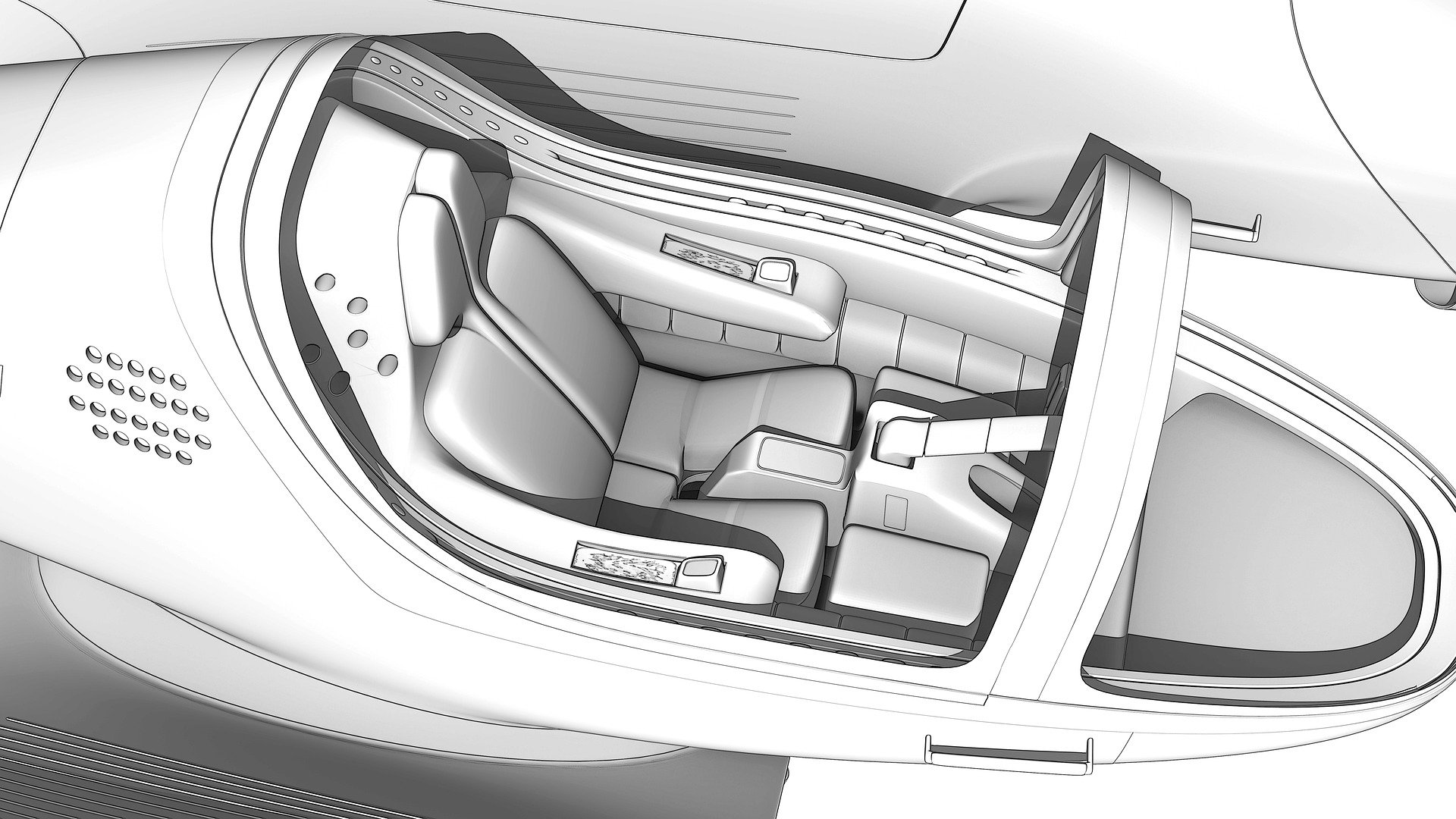
Do you know the “Monday Note” by Jean Louis Gassée and Frederic Filloux? If not, you should take a look at it now and then. Gassée became famous for his work at Apple. After his departure, he tried (in vain) to launch the operating system “Be”, which at the time was already further along than the classic macOS.
Gassée writes mostly in his columns about the computer industry and Apple, and more recently about Tesla. Filloux is also a columnist in such prestigious publications as the Guardian, L’Express and Medium.
In July 2020, he published a series with Philippe Chain an automotive engineer about the car of the future, the Apple Car and Tesla.
Insights from an automotive engineer
One of the interesting things about the series is the insights Chain gives into how Tesla’s engineers and computer specialists work and think. One anecdote Chain shared stuck in my mind. It involved a conversation in the cafeteria. Chain was relatively new to Tesla. Tesla engineers were chatting about this and that, and Chain witnessed something unheard of for traditional OEMs.
One of the engineers frequently took a test car home in the evening. The car had a level-control system which he always had to engage just before crossing the curb into his driveway to keep it from getting stuck on the curb.
A developer from the computer department was sitting at the table and looked up. He suggested writing a routine to use GPS to make the car raise the level whenever the engineer came near his home. Within a very short time, “the few lines of code” were finished and implemented.
Imagine that happening at Audi, Mercedes or VW. There would have been legions of people in meetings first, discussing for months whether it was even necessary. In the end, the matter would probably have fizzled out.
The pathetic digital experience of today’s cars
Today’s cars, Chain 2020 said, offer a “pathetic experience compared to our digital lives.” And not only that. Chain is certain that the car of the future should have the convenience and user experience of an iPhone, as well as the features of a data center.
These convictions of the automotive specialist have not changed today. On the contrary. Electromobility is different, even if the classic OEMs, especially in Germany, have still not ended their romance with the combustion engine.
Digitization, intelligent energy management and speed
And this is where the shortcomings of an industry that in the future will have to work closely with other industries, some of which are new, become apparent so that the ecological turnaround can take hold. Hardly any electric vehicles, for example, have V2G (vehicle-to-grid) functionalities, i.e., the ability to also deliver electricity.
Energy specialists believe that electric vehicles are ideally suited to complement renewable energies. As a stabilizer, so to speak, for the well-known fluctuating power from wind and solar. After all, modern electric vehicles have energy capacities of 50 kWh and more.
Of course, households have hardly any possibilities to benefit from V2G functionalities, either, if they were implemented. Unfortunately, far too few people are thinking outside the box.
Electromobility creates a unique opportunity for the entire industry, not just the automotive industry, to work in an interdisciplinary manner. Digitization has a key role to play here. This presupposes an acceleration of product and software cycles, but this will only work if hierarchies are dismantled and engineers’ initiatives are accelerated. Much like the “GPS trick” mentioned above.
About this column:
In a weekly column written alternately by Eveline van Zeeland, Eugene Franken, Katleen Gabriels, PG Kroeger, Carina Weijma, Bernd Maier-Leppla, Willemijn Brouwer and Colinda de Beer, Innovation Origins tries to figure out what the future will look like. These columnists, sometimes joined by guest bloggers, are all working in their own way to find solutions to the problems of our time. You can read previous installments here.

